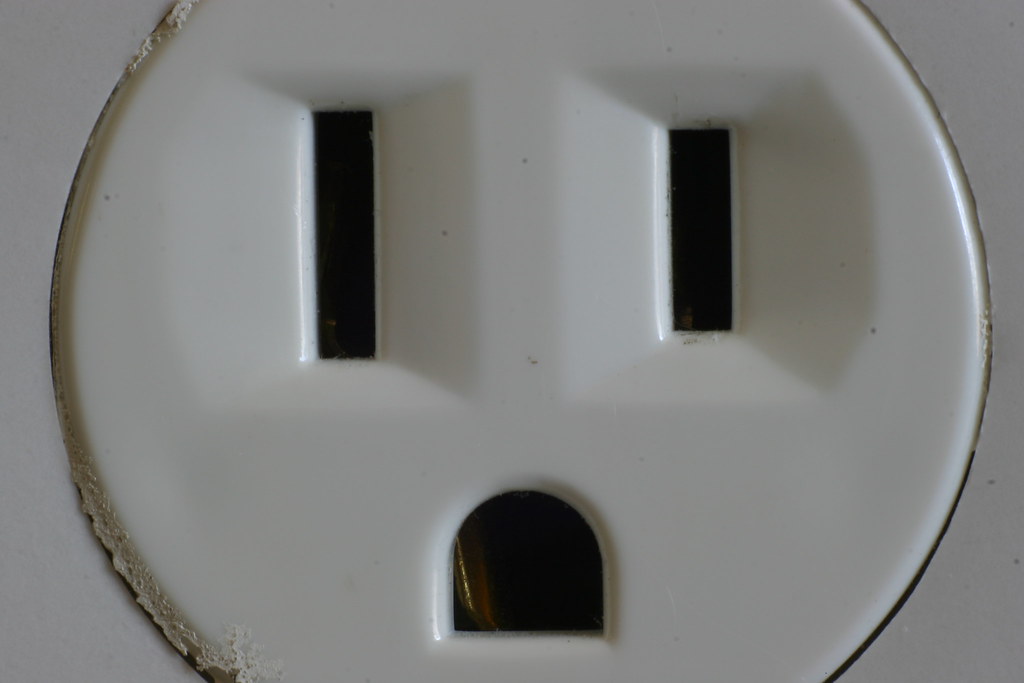 Image via Flickr by grendelkhan
Image via Flickr by grendelkhan
Ready to go hunting? No, not for elk or deer, but for the source of those pesky drafts in your home. When air leaks into your house, it can drive your energy bills up and your comfort level down. Before you can seal those cracks, you need to find out where air sneaks in. Here are some places where you should look for air-admitting cracks.
Electrical Outlets
Miniscule cracks can form around the electrical outlets in your home, giving outdoor air the perfect opportunity to creep into your house. These cracks can also contribute to excess moisture in your home.
Many newer homes already have properly insulated outlets, but if your house is older, you may need to break out the toolbox. First, turn off the power to the outlets so you don’t shock yourself. Then, unscrew the outlet cover and press a foam gasket around the outlets; you can buy the gaskets at most home improvement stores. If the gasket doesn’t do the trick, you may have to use caulk or putty around the outlets. If you are not confident in any way doing this work, you should contact a local electrician who can come out and take a look at your outlets to see what repairs or replacements need to be carried out in order to make the outlets properly insulated.
The Attic Hatch
Your attic is handy as an extra storage place, but the air that sneaks through your attic hatch into your home’s body can chill you in the winter and scorch you in the summer.
The specifics on how to stop air from getting through your attic hatch depend on how your home is constructed. You may have to use caulk or foam to close the space between the hatch and the surrounding drywall, or you might have to air seal the hatch. Air sealing involves using a compression bulb weather strip or sealing gasket. You may also have to install fasteners so the seal will tighten when you pull the attic hatch closed.
If the problem persists after you’ve tried to seal the hatch, you may have to hire a professional to come take a look.
The Dryer Vent
Dryer vents are another common source of unwanted drafts. If you think your dryer vent is a culprit, carefully remove the vent cover and clean out any dust or debris that might get in your way while you’re doing your sealing work. Use caulk or foam to close the gap between the vent and the wall; which product you use will depend on the size of the gap. After you replace the vent cover, use a little caulk to close the space between the dryer pipe and the wall.
Still Not Sure? Get a Blower Door Test
After you’ve checked all the usual places for air leaks, you might still notice a draft in your home. Instead of uselessly scratching your head, consider hiring professionals to come in and do an energy audit. Part of the energy audit is a blower door test, wherein a large fan at your home’s door brings air out of your home and makes it easier to detect air leaks inside.
You want your home to be as comfortable and energy efficient as possible. To achieve that, hunt down air leaks and take steps to stop them.
